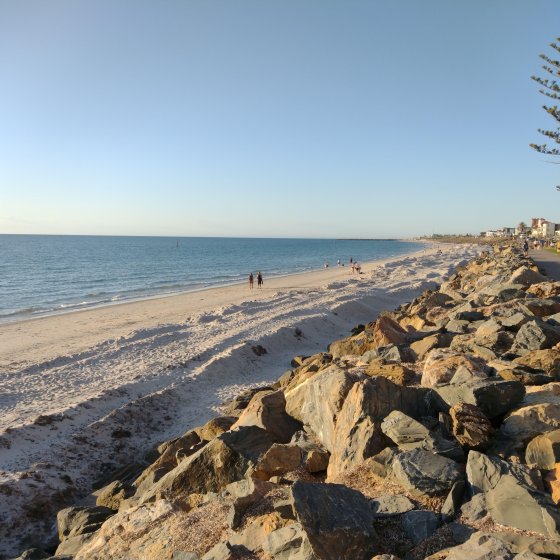- Home
- Recommendations & Issues
- Significant Issues
- Population Growth
Population Growth
As a society, we tend to manipulate the environment to suit our needs. However, by doing this, we also risk damaging the very environment that we rely on to support its liveability. The health of our environment in which we live, work and play is intrinsically linked to our own health and wellbeing. This will be heavily influenced by where we live and our socio-economic environment.
We all are responsible for the changes. We all have a responsibility for addressing the impacts.
Human activities are no doubt the greatest driver of environmental change. With a growing population and in the face of climate change, we need to consider:
- food security and water availability, both for the community and the environment
- impacts on green space, natural environments and primary production areas from urban infill and expansion
- an expansion of transport needs and industry sectors required to support a growing population that will also increase our environmental footprint through increasing energy and resource demands
- more waste and wastewater that needs to be managed.
The Greater Adelaide Regional Plan Discussion Paper advises that Greater Adelaide’s population is estimated to grow by up to 670,000 people over the next 30 years. An increasing population requires an expansion of urban area or increased density through infill (both within Greater Adelaide and regional centres). Growth and development need to consider how impacts to the environment will be mitigated, including maintaining or restoring green space and tree canopy for both cooling and biodiversity, providing safe active and public transport options, and providing solutions that will facilitate better integration of water that balances the needs of the community and the environment. Noise and odour issues may also increase with higher density of housing and encroaching of residential areas upon nearby industry.
Impacts from urban sprawl and infill was the biggest concern expressed by our community who responded to the SOER YourSAy page. In addition, participants indicated that a clean environment that supported wellbeing, liveability and healthy ecosystems was also important.
Transport is responsible for the highest amount of greenhouse gas emissions in South Australia. According to a Benchmarking Adelaide report released in August 2023, car congestion has risen over the past four years. This report stated that Adelaide’s public cycling and transport networks lag behind 19 other similar cities, resulting in a 16% increase in traffic congestion compared with a 27% fall experienced by 14 of the other cities. Transport is the highest source of greenhouse gas emissions, and increased traffic congestion is only going to exacerbate this problem. Public transport options, and strategies to encourage safe active transport, such as walking and cycling, within metropolitan Adelaide need to be considered and implemented. Active transport not only reduces energy usage, but also has co-benefits of physical and mental health.
Urban sprawl and infill may also result in a reduction of permeable surfaces from loss of green space. This may result in an increased risk of flooding during high rainfall events. In addition, increased runoff of stormwater impacts our creeks and marine environments. As management of stormwater is not consistent between councils with different resourcing and priorities, improved governance of stormwater across South Australia is required to lead and implement strategic and best practice stormwater management that reduces potential impacts and values stormwater as a water source. Stormwater management was highlighted as a key issue by the SOER Assurance Group.
Maintaining green space was raised as important for recreation and to mitigate urban heat islands. This includes retaining trees and significant vegetation of various structures – upper, medium and lower storeys – located on both public and private land where possible. A report undertaken by the University of Adelaide found that tree protection in South Australia was limited, and a vast majority of local governments in other Australian capital cities have laws designed to protect urban trees more effectively than those in South Australia. A review is currently underway on our tree laws.
